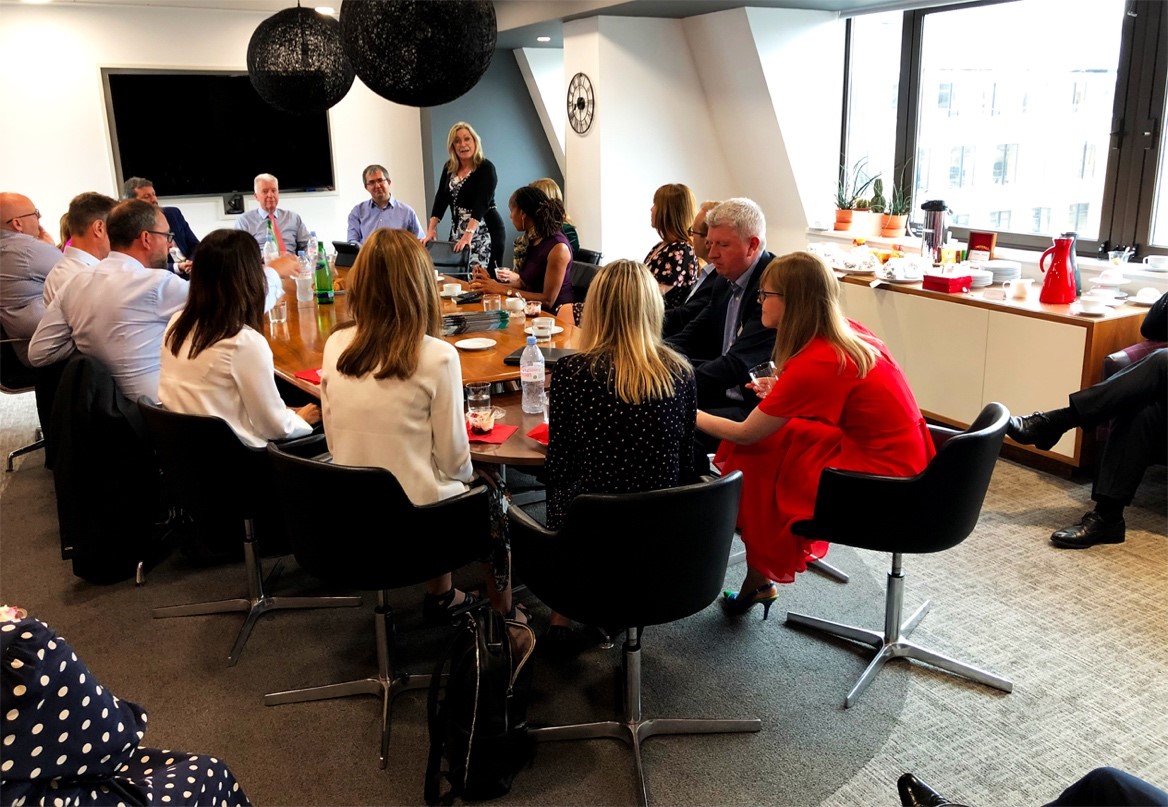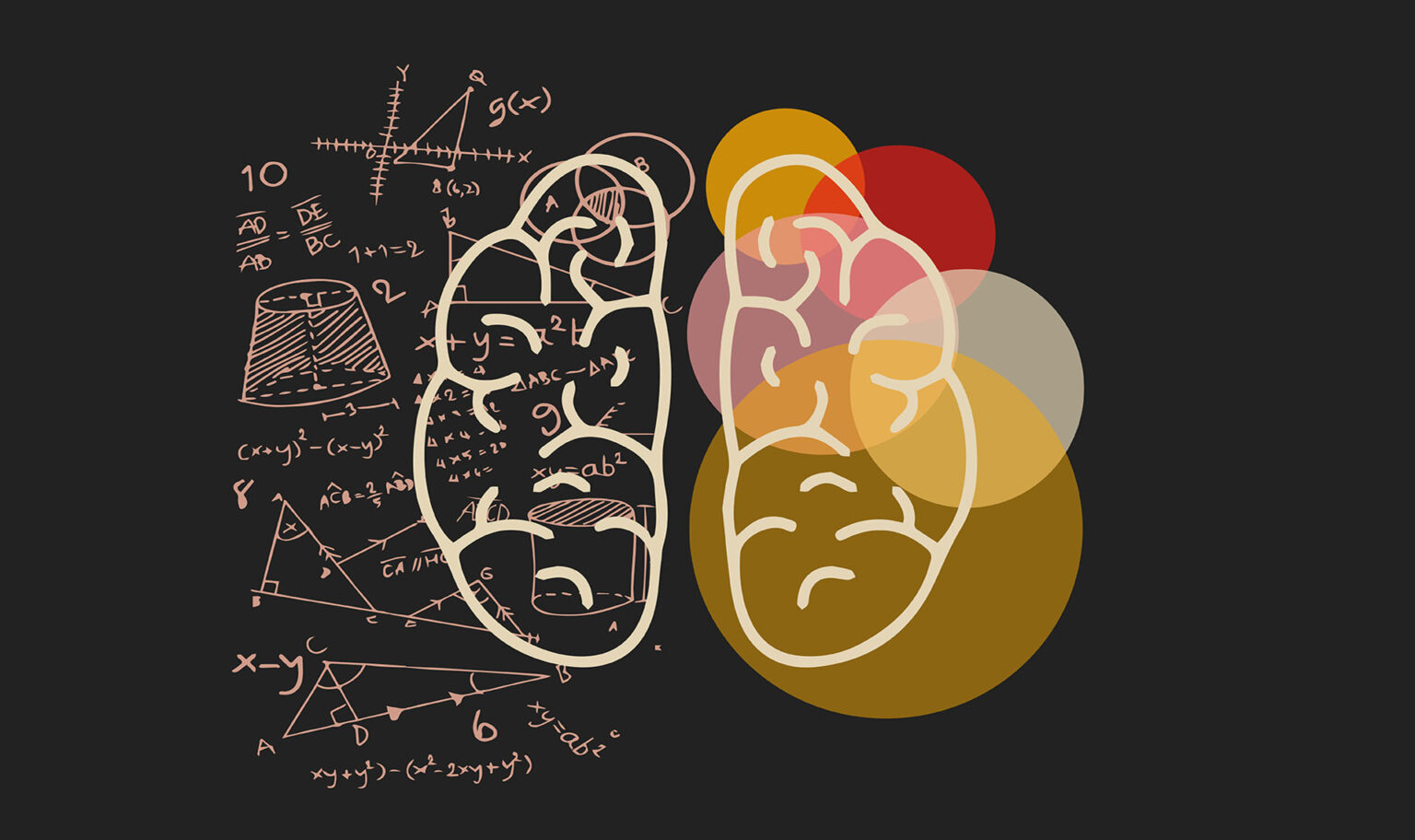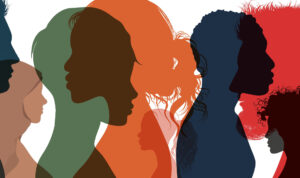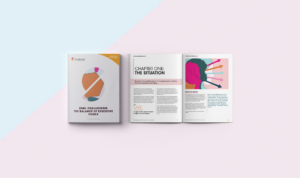Diversity and Inclusion continue to be hot topics and rightly so. Savannah Group’s analysis of FTSE 100 & 250 appointments through 2018 showed that 62% of FTSE 100 board appointments in the second half of 2018 were women. But simply hitting a diversity target isn’t enough. If a FTSE board was assembled which included members along the dimensions or race, ethnicity, gender, sexual orientation and physical abilities, the board may be satisfied that it was meeting its diversity agenda. However, if they all went to the same public schools, they are likely highly susceptible to group think and you’d therefore have to question whether the board room would have enough mutual challenge.
We often rely on interviews to determine whether someone will ‘fit’ at an organisation, but there is a danger that ‘fit’ tests encourage an extension of the current working environment by looking for similarities. A healthy working environment is not about everyone always getting along together. It’s about putting constructive differences together to allow challenge which creates a better outcome. Diversity requires diverse thought, experiences and opinions. Organisations need to be brave, and one area of diversity that shows so much promise but is often overlooked or misunderstood is neurodiversity.
With that in mind, Savannah Group recently hosted a breakfast discussion for senior HR leaders around the topic of neurodiversity. Our panel consisted of Sir David Walker OBE, currently a board director of AMS, Chair of Auticon and Sova, formerly master of the Queen’s household and who previously worked alongside the Chair of HSBC and Barclays on culture change and biodiversity. Our other panellists included Ray Coyle, CEO of Auticon, a social enterprise in IT and compliance consulting employing talented people with autism and Dr. Alan Bourne, CEO of Sova, a bespoke psychometric assessment solution provider who provided the science and technology behind Savannah’s Pillars of Transformation assessment tool. All of our panel have experience from a personal, organisational or scientific perspective of neurodiversity and its benefits.
What do we mean by neurodiversity?
Neurodiversity is a concept where neurological differences aren’t seen as a disability but recognised and respected as a human variation. Examples include Autism, ADHD, Dyslexia, Dyspraxia, Dyscalculia, Tourette syndrome and others. Neurodiversity has become something of a social movement among the autistic community, where celebrating autistic forms of communication and self-expression is allowing autistic people to live as autistic people.

The hidden talents within the neurodiverse community
Current estimates suggest that around 10% of the population is neurodivergent. What is interesting yet worrying at the same time is the number of highly educated individuals, people with PHDs from Oxbridge for example, who are currently working in frontline service roles where their talents aren’t being utilised, like delivering pizza, because the typical interview structure and working environment makes it difficult for them to land and keep a role within many corporate businesses.
With the war for talent as fierce as ever and businesses increasingly looking to hire individuals with data science, coding or analytical capabilities (areas that neurodivergent individuals and particularly autistic people often excel in) surely, it’s essential to create working environments that include and support all types of neurological differences?
Benefits of having a neurodiverse workforce
There’s a strategic imperative within businesses in today’s environment that requires a need for organisational agility. There’s an error in thought though, that expects every individual to be amazing at everything. There is a culture of change being created at many large organisations, and within that, there are certain tasks that neurodivergent individuals would be ideal for.
By working with academics and universities, Auticon has seen that for roles that require an attention to detail, sustained concentration or pattern recognition, you are far more likely to find those skills within the autistic community.
The wider benefit is in helping teams and managers make better decisions by bringing entirely rational thinking to a situation. If you can tap into this resource and bring people in who have different neurological and cognative abilities, it not only allows them to perform better in role, but frees up others to work on different problems. You have the right people, neurologically speaking, working on the right problems.
A lot of businesses are open or even keen to bring more neurodiverse people into their organisation however they are unclear on how to go about it. So, what are the key considerations HR leaders need to make to create a more neuroinclusive hiring process and working environment?
1. Getting the brief right
Attracting neurodiverse people is one of the first things businesses need to get better at and to do that requires a rethink of job descriptions. If a job description includes ten or twenty bullet points about the successful candidate needing to be a good teamplayer, efficient communicator, effective at conflict resolution, assertive, able to give constructive feedback etc, autistic people will work through the list, and be critical of themselves against each individual requirement. The conclusion of that rational assessment will be that they shouldn’t apply as they don’t meet all of the criteria. Incidentally, we also know from research that this effects men and women in different ways, where women are less likely to apply for a role that they feel underqualified for based on the job description.
Gaps also exist between what was requested within the brief and the desirable behaviours sought after at interview. Often a business will hire the individual who wasn’t the closest match to the phrasing or requirements within the brief. Perhaps it’s because the interview is used to tease out certain qualities that the brief was missing? If that’s the case, then more work needs to be put into the brief upfront to clarify what those attributes are.
A better way to construct a brief would be to list the cognitive skills you are looking for and leave the technical qualities to one side. A business also needs to have clear policies on how they adapt to the neurodivergent. After all, what’s a dyslexic or autistic person going to do if they are considering a business? They will google “your business” and “dyslexia” and see what comes up. Searching for “Direct Line dyslexia” as an example will return a number of positive articles referencing Direct Line and the benefits of neurodiversity in the workforce. Factors like this can influence whether an individual chooses to apply.
2. Adapting your interview process
Alan points out that “interviews, ironically, are the least scientific form of assessment, yet most hiring decision are based on performance at that stage.” Hiring autistic individuals requires a different process. An interview is ultimately a highly stressed, unstructured test of social skills, and as a result, autistic individuals typically find it very difficult to relate or ‘perform well’ as is traditionally measured. With some fields, we really need to question whether an interview is relevant at all. With data science for example, is an ability to answer a selection of random questions from a total stranger really relevant to the job at hand?
Clients of Auticon are instructed at interview not to ask typical interview questions but to treat it as a free consultation. “Give the interviewee a problem within the business and allow them to break-down how they might solve it” explains Ray. Ray recalls a time where a client asked a consultant “Why do you think you are the best person for the job?” The interviewee thought for a moment and then replied, “I wasn’t really expecting that question, but if you share with me the profiles of all the people being considered for the job I can go through them with you to assess who is likely the best candidate!”
3. Expectations within the role
Following the brief and interview stages, the next area to look at is the remit of the role and how expectations are communicated. Communication needs to be tailored to how a neurodivergent person will interpret the message. Ray explains that at times individuals have been placed within a business and have been asked to deliver something specific within a certain timeframe “The line manager says they need a task completed to 100% by next Wednesday” explains Ray. “What is challenging for the autistic individual is their colleague will deliver 95% of the task by next Thursday and their boss will pat them on the back and say ‘good job’.” This leaves the autistic person with a feeling of confusion as their colleague is being congratulated without having actually completed the task that was originally set. That lack of clarity in communicating expectations is an example of the importance of considering the different ways in which a message will be interpreted and is something that line managers need support and training with. Working with the neurodivergent requires the neurotypical to adapt their own mindset.
4. The environment
There’s an argument that looking at neurodivergence as a disability is wrong. The human genome is infinitely variable, and their way of looking at the world is different – not better or worse just different. Preconceptions and misconceptions about neurodiversity creates a fear to disclose them. “We can take encouragement from the LGBTQ movement however” explains Sir David “and how that has transformed the workplace with many people coming forwards and opening up. This has had a significant benefit in terms of openness and creating an understanding of different perspectives which in turn has benefitted thousands of businesses and society as a whole”. Lessons can be learned and translated.
The panel suggested a number of tweaks to the working environment including:
- Unambiguous communication (or as Sir David calls it the spice girls’ methodology of “tell me what you want what you really, really want!”)
- A well-lit work space
- Quiet working environment
- Managed as individuals not commoditised as a group
“Everyone should have the opportunity to say how they work well and how to get the most out of them” says Ray. It should be made clear that an individual is allowed to disclose what works for them and the business will adjust to accommodate them. This is true inclusion. Most workplaces are constructed around the demands of the extravert. We need more neuroconfidence!
For example, consider that among the neurodivergent:
- Some don’t like to shake hands
- Some will want to choose the desk they sit at
- Some won’t want to join the first few team meetings as they take time to adapt to complex social circumstances, however they would be happy to share their notes and thoughts in advance.
“If you look at the above through the lens of what happens at a lot of businesses,” says Ray “the individual would refuse to shake hands with their boss on day one, refuse the desk they were given and pick another, and then decline an invitation to the team meeting. Most leaders or line managers would think of that as unacceptable behaviour, and career suicide for a new joiner.”
5. Retention
If there is focus on neurodiversity within organsiations, it is typically on hiring and focuses less on retention. A critical part of a neurodiverse hiring strategy is in looking after your current individuals to make sure they stay. For example, few people come forward about their dyslexia because of a fear of getting judged. As one senior executive put it “Before I opened up about Dyslexia to my organisation, my fear within a meeting was that the board pen would be passed to me so that I would have to write up my idea. When that did happen, I’d write incomprehensibly so that my spelling errors wouldn’t be spotted. Fear of being judged meant that my businesses was prevented from getting the best out of me.”
An interesting example of the importance of retention is in air traffic control where pattern recognition and hyper concentration is a highly desirable skillset. One in three thousand applicants to NATS, a global leader in air traffic control and airport performance, are hired within an air traffic control role. The value of keeping those individuals is immense and so NATS are taking steps to reassess their working environment to ensure those prized individuals are able to be continually successful within their role.
It requires continual effort however. Looking after someone in the first six months after they arrive to make sure they integrate is important, but without continual reassessment and support, a couple of years or so down the line when they get a change of manager or the office environment is updated, these environmental changes can create huge amounts of anxiety which can lead to an implosion.
It’s not risk-free. If businesses want to capitalise on the benefits of neurodivergence they need to make changes to their environment to accommodate them, and training and a developed understanding needs to take place across the workforce. However, with 10% of the workforce estimated as neurodivergent, and talent scarcity among the skills that some neurodivergent individuals excel at, for the organisations that are brave the potential upside is huge.




